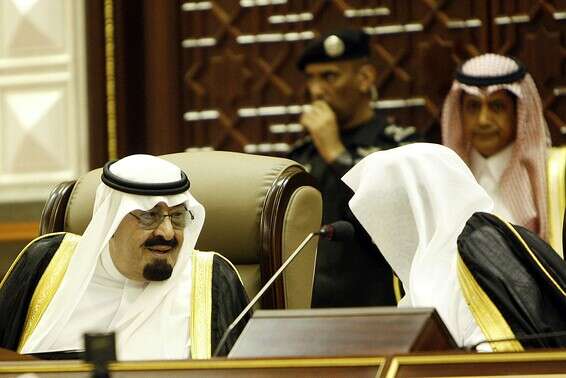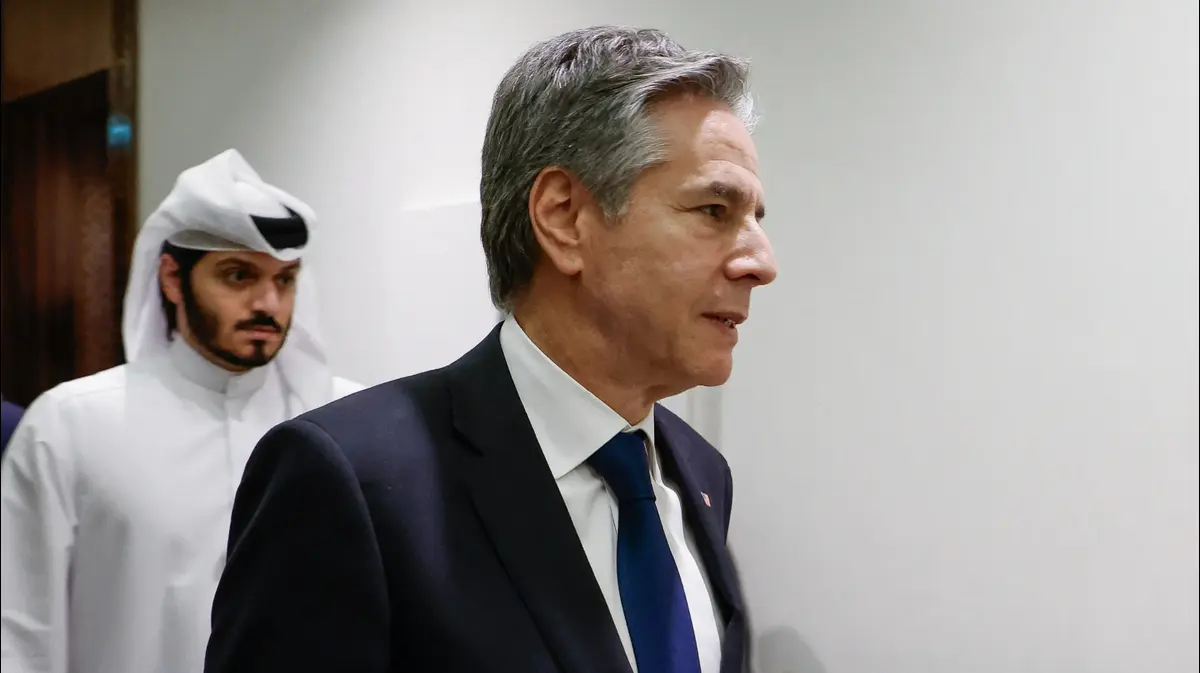Young people in the periphery revolted over Saudi involvement in Bahrain • But forceful repression, contacts with the old leadership and scattering of promises - halted the demonstrations
Demonstrations by Saudi Shiites in Al-Qatif in 2011
Photography:
AFP
It is no coincidence that the "Arab Spring" passed over Saudi Arabia in 2011.
Combining cruelty and cunning, King Abdullah and the Saudi monarchy have managed to limit most of the protests to the eastern region.
At the beginning, the demonstrations were led by Shiite youths as a step of identification with their brethren to the community in Bahrain.
Subsequently, they developed into a protest against the long-standing discrimination of the Shiite minority in the kingdom, which makes up about ten percent of its population - more than a million people.
Perhaps this was precisely the reason why the protest failed.
This is not a new threat to the modern Saudi kingdom.
For centuries the area on the shores of the Persian Gulf has been inhabited mainly by Shiites from the duodenum, like most Shiites in Iran, Iraq, Bahrain and Kuwait.
This current believes in the 12 Imams as the legitimate heirs of the Prophet of Islam Muhammad, the first of whom is his cousin Ali Ibn Abu Taleb.
The last in the chain is Muhammad al-Mahdi, who disappeared in the ninth century and is believed to return in the end times.
In every period in the modern history of Saudi Arabia, the threat has taken a different form.
In the 1950s and 1960s, Shiites were part of the protests of pan-Arabs and socialists in the oil industry.
From the late 1970s, the influence of the Islamic Revolution in Iran was evident.
In every uprising, the monarchy operated on two levels: violent repression and attempts at reconciliation.
For example, in 2004, Shiites in the al-Katif oasis were allowed to mark the Ashura events, which until then had been limited to private space.
However, in other places it was still forbidden to mark the anniversary of the killing of Imam Hussein bin Ali.
This time, Saudi aid to the King of Bahrain who faced a huge protest by the Shiite majority, was the match that ignited the fire of protest.
Shiites came out in solidarity and even moderate Shiite leaders, who supported cooperation with the Saudi establishment, came out against intervening in Bahrain.
To the surprise of the protesters, their initial demand for the release of Shiite prisoners was accepted, but this only spurred them to continue.
In the midst of the protest, Shiite preacher Nimer Bakr a-Nimer, who went underground due to demonstrations in 2009, spoke publicly and demanded religious and political reforms.
Riyadh could no longer stand it.
A-Nimr was arrested and sentenced to death.
A few years later he was executed on charges of terrorist activity.
Subsequent demonstrations were accompanied by significant arrests of network activists and intellectuals.
But the Saudi government did not just use force to sabotage the protest.
According to an article published by the American Research Institute Middle East Institute, throughout the period, government officials met with Shiite leaders and urged them to prevent the youth demonstrations.
A Shiite delegation even met with King Abdullah.
The older leadership generation, which included privileged families, former oppositionists and clerics, found itself persuading young people to stop protesting.
The traditional leadership even tried to reach an understanding with the governor of the eastern region.
Within a short time, the Saudi government was able to extract statements against the protests of clerics and leaders from all parts of Shiite society.
A-Nimr became a lone and marginal voice, as the protest took on an ethnic aspect, the few Sunni liberals who participated in it also disappeared.
The king's final move was declarations of a comprehensive investment plan to reduce youth unemployment and address the housing crisis.
The amount, which ranged from 120 to 130 billion dollars, also benefited the Sunni Saudis, and a large part of it flowed to the government institutions from which the Shiites were excluded.
In light of this, and in relation to demonstrations in other countries, protest in the eastern region and in Saudi Arabia in general was limited.
The young Saudis did continue to protest for more than a year, with demonstrations fueled by arrests, security force violence and involvement in Bahrain.
But as elsewhere, the digital space that connected the young was crushed in the face of the power of a dictatorial regime, which did not hesitate to use any means to suppress its opponents.
Still, it seems that soon there will be a new gym for the Shiite minority in Saudi Arabia.
The purges in the royal house led by Regent Muhammad bin Salman, the war in Yemen and the success of the questionable economic reforms are not a solid ground for him to inherit power from his father.
Unlike the experienced King Abdullah who died in 2015, the prince has proven more than once that he mainly understands the language of power - and that is not enough to quell a protest.





/cloudfront-eu-central-1.images.arcpublishing.com/prisa/5CYUPDL33BHRNA5AWKOZ3OGFK4.JPG)

